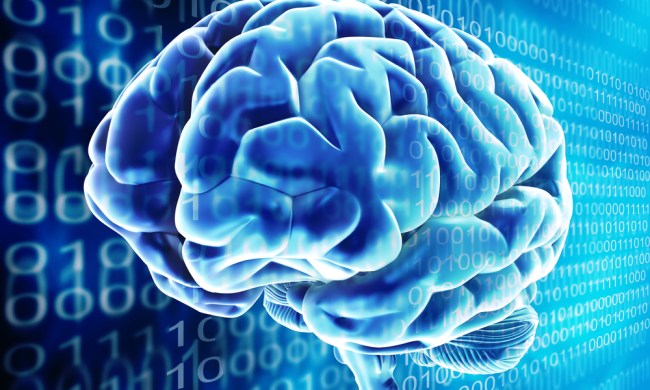
The UTA researchers are not the first ones to explore electrical stimulation as a way of managing pain. There already exists an experimental class of similar wearable devices that take advantage of the technique known as transcutaneous electrical nerve stimulation, or TENS. These devices deliver small and painless electrical pulses to your nerves via electrodes placed on your skin. The pulses are designed to confuse your nerves and cancel out the pain signal they’re sending to your brain — thereby providing instant pain relief to the area of the body on which the electrodes are placed.
The UTA device takes this technique a step further by working at the level of the spinal cord, blocking pain signals so they don’t ever reach the brain. “This is the first study to use a wireless electrical device to alleviate pain by directly stimulating the ventral tegmental area of the brain,” said Yuan Bo Peng, UTA psychology professor.
UTA’s device was developed out of a personal experience with pain by researcher J.C. Chiao, who suffers from pain due to slipped discs and pinched nerves in his back and neck. He also watched his uncle struggle with pain management during cancer treatment, giving him additional motivation to pursue the research.
The system Chiao’s team developed uses a custom-designed wireless device worn by the patient that stimulates the ventral tegmental area of the brain. The results from the UTA study showed that the stimulation of this part of this brain was effective at reducing pain signals traveling in the spinal cord. This process not only blocks pain transmissions, it also triggers the release of dopamine, which has an effect on the brain’s reward and pleasure centers. “We have now confirmed that stimulation of this area of the brain can also be an analgesic tool,” said Peng in a statement about this discovery.
The team is known for their breakthrough work in pain management and hopes to continue their work in this area. “While still under laboratory testing, this new method does provide hope that in the future we will be able to alleviate chronic pain without the side effects of medications,” said Peng.



